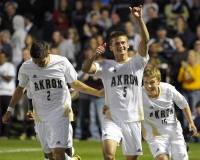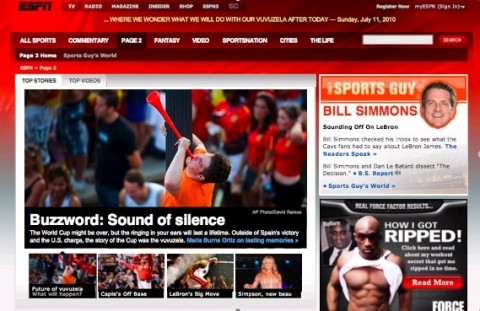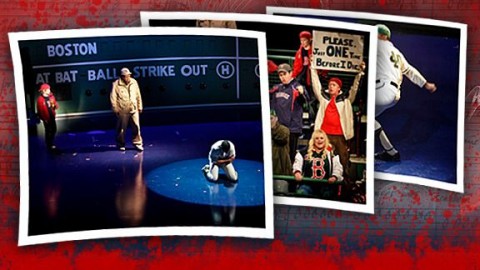 The recently-launched Fox News Latino asked me to pen an op-ed about TV Azteca reporter Inés Sainz return to the job and her decision to no longer conduct interviews in locker rooms after being cat-called by some New York Jets players.
The recently-launched Fox News Latino asked me to pen an op-ed about TV Azteca reporter Inés Sainz return to the job and her decision to no longer conduct interviews in locker rooms after being cat-called by some New York Jets players.
See: Women in the Locker Room? Are We Having This Conversation Again?
The editor who contacted me wanted to know what impact her decision might have on female sports journalists. My initial opinion was: None whatsoever. But I assumed for what they were paying me they wanted more than a two-word response.
As I thought about the subject further — and reflected on just how overblown the Sainz story had become — it dawned on me that there was a larger issue not being addressed. As I write, “Instead of discussing Sainz’s decision to avoid locker rooms, we need to look around and realize how few Latinas are even in them to begin with.”
I was really happy with how the column came out as well as with the reaction I received. It was also the site’s most read story of the day.
The story also ran on FoxNews.com.



